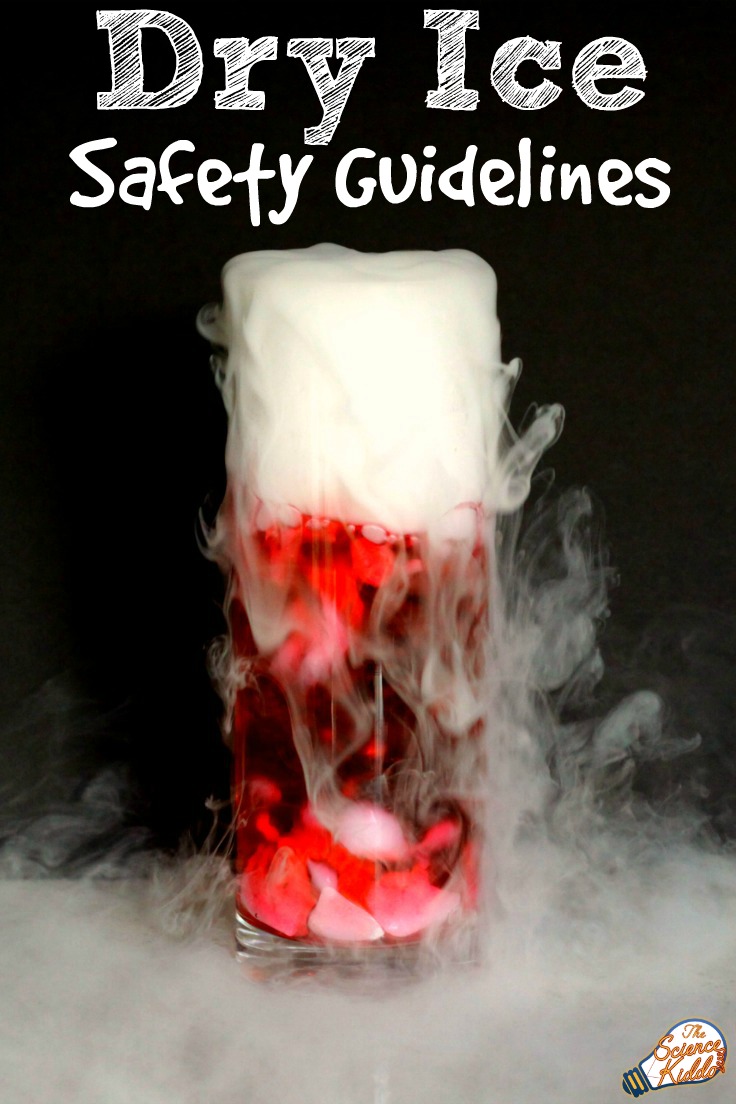Can You Eat Dry Ice? Discover the Fascinating Science Behind Its Sublimation and Potential Hazards!
Can you eat dry ice?
Dry ice is solid carbon dioxide that undergoes sublimation, turning directly into a gas without becoming a liquid. Touching dry ice briefly does not cause harm, but prolonged contact can lead to frostbite, burns, and scars. Swallowing dry ice is more dangerous as it can freeze tissue in the mouth, esophagus, and stomach, and the buildup of pressure from the sublimation could rupture the stomach. Dry ice sinks to the bottom of drinks and is sometimes used in special fog effect cocktails. “Smoking” dry ice by putting it in the mouth poses a risk of accidental swallowing. Dry ice is solid carbon dioxide (CO₂) that goes from a solid to gas without becoming a liquid. It can only exist at -79C and is made from liquid carbon dioxide that is released through a nozzle to create “dry ice snow”. Dry ice is stored in an insulated container and should not be stored in an airtight or glass container. It should be stored in well-ventilated areas and should not come into contact with surfaces that are susceptible to damage from extreme cold. Dry ice is safe if safety guidelines are followed.
